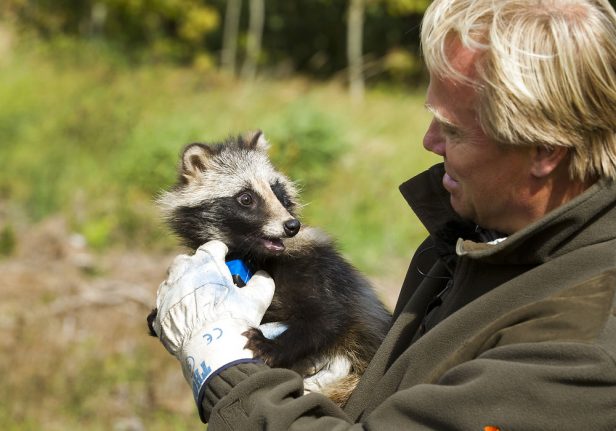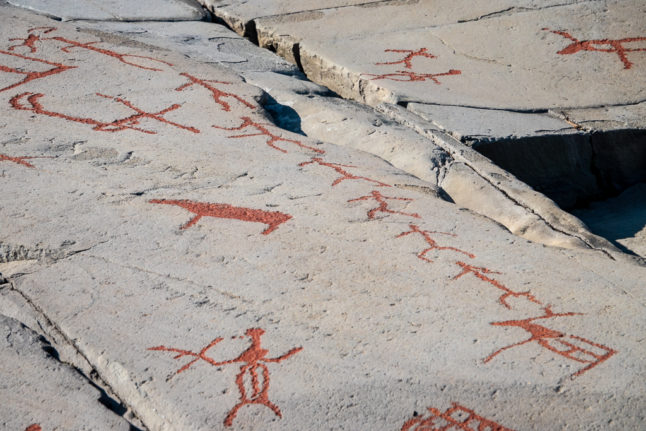The Danish Environmental Protection Agency (EPA) and Veterinary and Food Administration (VFA) have recently granted permission for cheese to be used as bait to bring the animal, a canid originally native to East Asia, into captivity.
“We’ve discovered that raccoon dogs are very keen on cheese. It is one of the most effective tools we have to be able to trap them, so we can bring down their numbers in the wild,” EPA special consultant Mariann Chriel said.
As well as cheese, hunters have requested to use carcasses of other animals that have been culled or killed by traffic to lure the raccoon dogs.
But authorities have been reluctant to allow this, citing rules regarding the use of animal products.
Permission to use cheese is now being granted to individual applications from hunters, however.
“I don’t think the raccoon dog has specific cheese preferences like the rest of us. I’ve not heard of it, in any case,” Chriel said.
Authorities are, though, discerning about the cheese being used to capture the animals, whose numbers must be controlled to protect Denmark’s ecosystems.
“The key thing is to ensure the cheese cannot transport disease, which would be a problem for agriculture and agricultural export,” Chriel said.
The raccoon dog hunts birds and amphibians and could potentially outcompete native species such as foxes and badgers.
A plan to manage numbers of the animal is expected to be included in parliamentary business later this year.
READ ALSO: Dane loses to state in appeal case over beaver damage



 Please whitelist us to continue reading.
Please whitelist us to continue reading.
Member comments